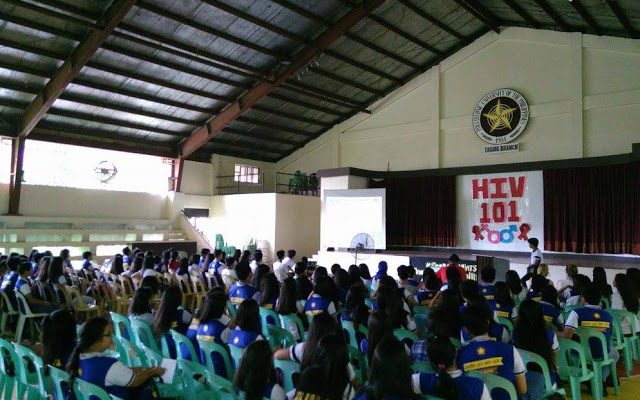HIVisions – Hearing and HIV
From the booming sounds during a party to the gentle whispers from a significant other, the sense of hearing plays a significant role in making our days more vibrant. For hearing people, it is an essential to understand and appropriately respond to verbal communication. In recent years, researchers[1] in the field of HIV care has put their attention towards the hearing health of people living with HIV (PLHIV). A 2013 integrative review by Assuiti, Lanzoni, dos Santos, Erdmann, and Meirelles[2] revealed that there was not enough evidence for a direct association or implication of antiretroviral therapy (ART) and hearing loss, however they suggested to investigate the associated factors further due to inconclusive data.




